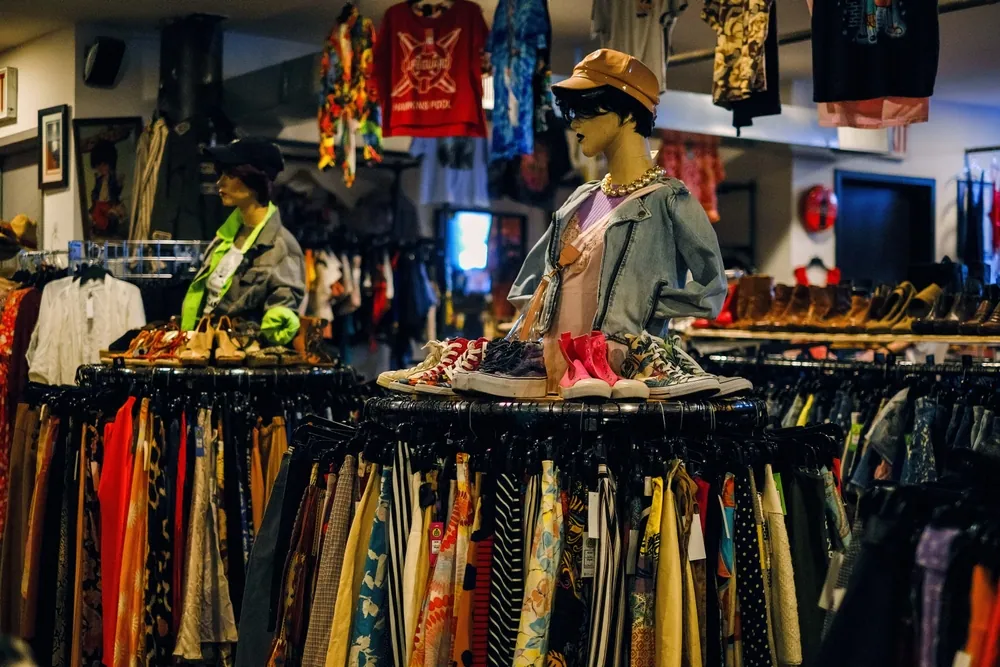Once upon a time, the fashion industry was defined by glamour and trends, and it was actually a very unsustainable industry. Since then, our awareness of its environmental impact has changed, meaning that we approach fashion in a very different way than we once did. As we’re more conscious of the environment than we ever have been before, thrift stores and charity shops are becoming more and more popular among the younger generation. From budget-conscious shoppers to vintage enthusiasts, these stores are frequented by all types of people.
Not only are thrift stores and charity shops making for more sustainable practices, but they allow shoppers to make an impact on those in need, as the proceeds often go to a greater cause. Whether charity shops choose to give their earnings to a Gaza emergency appeal or use them to benefit their local community, shopping at a thrift store enables shoppers to make a social impact.
The Rise of Thrift Stores and Charity Shops
While thrift stores have been around for decades, they’ve never been as popular as they are today. As previously mentioned, there are a number of reasons behind this surge, including the growing awareness of the environmental impact of fast fashion. Despite this, this isn’t the only reason why more and more people are frequenting thrift stores. After all, it’s more important than it has ever been before to have a truly unique and personalized style; the one-of-a-kind pieces that can be found in thrift stores make this easier to achieve. Similarly, buying clothes second-hand is more affordable, especially if these clothes are good quality and won’t need replacing in the near future, much like most fast fashion items will.
Although each of these factors contributes to the skyrocketing popularity of thrift stores, the environmental impact of the fashion industry is the driving force. This is because fast fashion is all about producing masses of cheap and disposable clothing, which has led to considerable environmental degradation. In fact, the United Nations found that 10% of global carbon emissions are caused by the fashion industry. They also found that the fashion industry is the second-largest consumer of the world’s water supply. That’s where thrift stores come in as a more sustainable alternative, as they promote the reuse and recycling of clothing, which helps to reduce waste and conserve resources.
Promoting Sustainability
Due to concerns about the environmental impact of the fashion industry, there has been a real shift towards more sustainable practices. Thrift stores sit at the heart of this shift, as purchasing second-hand garments allows consumers to extend the life cycle of clothing. From this, the demand for new products shrinks, and so does the overall environmental footprint of someone’s wardrobe. A movement like this works to pave the way to a more sustainable fashion industry.
What’s more, the vast majority of thrift stores pay close attention to ethical practices. This might involve supporting charitable causes and community initiatives, in which the proceeds from sales go towards philanthropic efforts. As a result, shopping at these stores not only benefits the environment but also contributes to social good.

Conclusion
Sustainability is just the tip of the iceberg when it comes to making the switch from fast fashion to thrift shopping. While it’s important to make the switch if you want to be a friend to the environment, thrift shopping also allows you to get your hands on the most unique pieces, allowing you to express yourself effortlessly. This is without mentioning the affordability aspect, wherein you can save considerable amounts of money when purchasing one-of-a-kind pieces. With thrift shopping, the future of fashion is bright.






